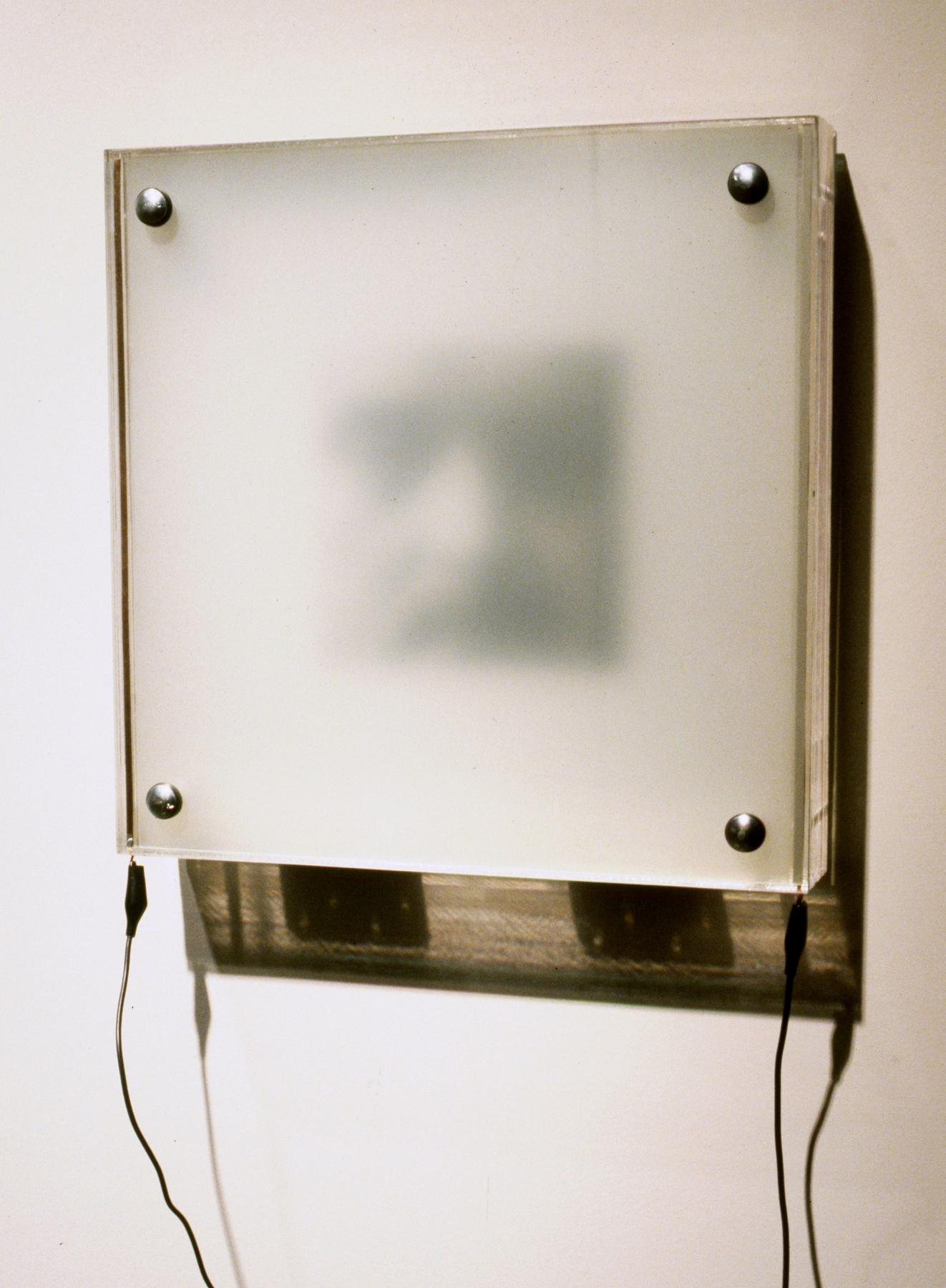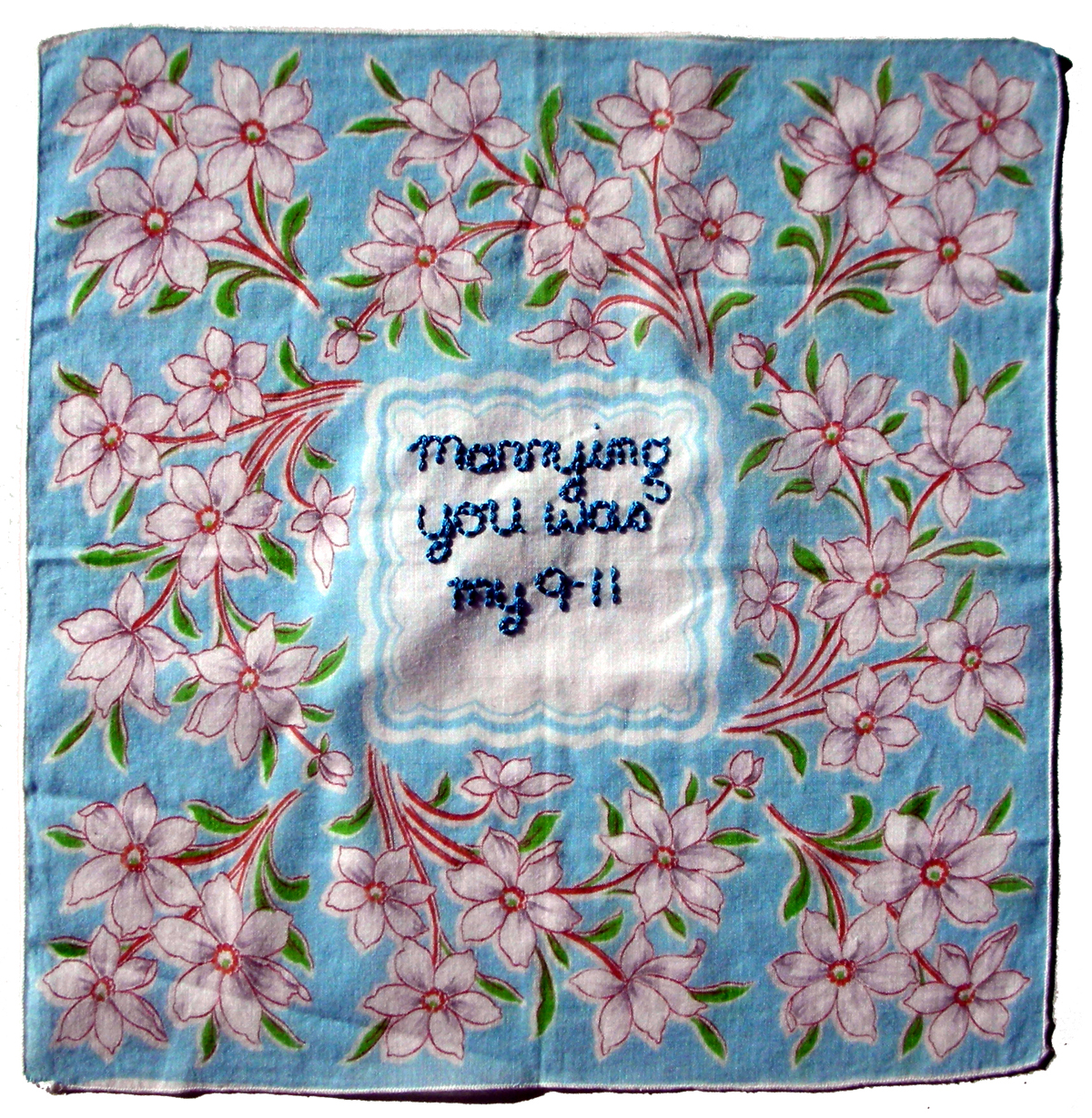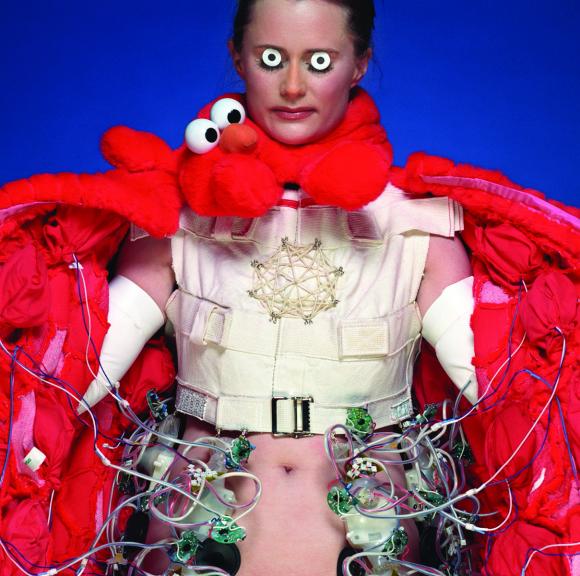PROVIDENCE, R.I. [Brown University] — The David Winton Bell Gallery at Brown University presents Inappropriate Covers from Friday, April 11, through Friday, May 29, 2009.
An opening will be held on Friday, April 10, 2009, beginning with an artist talk by Stephanie Syjuco at 5:30 p.m in the List Art Center Auditorium. The event and exhibition are free and open to the public.

Inappropriate Covers includes multimedia works by 11 established and emerging artists, chosen for the aesthetic tensions they generate through acts of appropriation, reconfiguration, and erasure. Works in the exhibition range from the refined to the outrageous, according to JoAnn Conklin, director of the Bell Gallery. Jim Campbell’s elegant sculpture muses on memory and loss: the artist’s own heartbeat and breath sets the frequency of a layer of fog that appears on a glass, covering and uncovering photographs of his parents. At the other end of the spectrum is Kelly Heaton’s Live Pelt (The Surrogate). Heaton refers to the cloak, made from 64 used Tickle Me Elmo dolls purchased on E-bay, as her “substitute lover.” In addition to Campbell and Heaton, artists participating in the exhibition are Brian Dettmer, Kenneth Goldsmith, Christian Marclay, L. Amelia Raley, Ted Riederer, Brian Kim Stefans, Stephanie Syjuco, John Oswald, and Mark Wallinger.
Through various forms of “covering” and acts of “inappropriation,” the works chosen for this exhibition seek to uncover layers of meaning that were previously hidden or obscured. Although appropriation techniques have a deep and variable history throughout 20th-century art, in contemporary culture, the rampant use of sampling, remixing, and appropriation has become a general and widespread activity, Conklin said. Inappropriate Covers seeks to revitalize the discussion of appropriation, using the combination of the two words in the exhibition’s title to further develop and enrich our understanding of appropriation practices — practices where the artist seizes pre-existent cultural materials to use as source materials for the creation of his or her own artwork.
The works included in Inappropriate Covers reform and deform prior artworks, popular media texts, and everyday materials, often resulting in inappropriate transformations that challenge our traditional understanding of the original materials or mock social conventions. For example, Oswald’s Plunderphonics appropriates pop songs and classical music, transforming them into sophisticated compositions that mock the idea of “easy listening” and the music industry’s “excessive embrace” of copyright. The idea of covering plays on the practice of reinterpretation derived from a musical context (e.g., rock and roll “covers”), but the exhibition also contains works which literally “cover” their source material, introducing interference between the appropriated, original material and the viewer of the new, reconfigured artwork. For example, in Body Double Syjuco blacks out everything within famous Hollywood Vietnam films except images of the natural landscape and foliage. Through this action she reappropriates her birthplace, the Philippines, where these blockbusters were actually filmed. Humor, cultural critique, redemption and even beauty mingle together as these artists extract deeply meaningful residues from the materials that the past has delivered to us.

In conjunction with the exhibition, Magic Lantern Cinema will present a screening, “The Inappropriate Covers Show,” on Wednesday, April 8, 2009, at 9:30 p.m. at Cable Car Cinema, 204 South Main St., Providence. Films and videos by Rebecca Baron and Doug Goodwin, Isidore Isou, the Radical Software Group, Christopher Robbins, Matthew Suib, and others will be featured. Admission for the screening is $5. The exhibition and screening are curated by graduate students Braxton Soderman and Justin Katko, from Brown’s Department of Modern Culture and Media and the Program in Literary Arts, respectively.
The David Winton Bell Gallery, located on the first floor of List Art Center, 64 College St., is open from 11 a.m. to 4 p.m. Monday through Friday and on Saturday and Sunday from 1 to 4 p.m. For more information, call (401) 863-2932.

